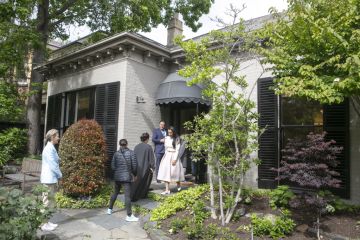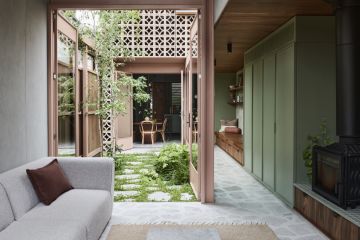What you need to know about renovating a mid-century home
For Aussies, the fascination with mid-century modern design looks like it’s here to stay. Home-grown architects of the era still regularly accumulate accolades on the world stage, and pockets of suburban Australia hold their own alongside mid-century hot spots like Palm Springs in the US.
In 2023, The Block shines a spotlight on one such neighbourhood – Melbourne’s Hampton East – where contestants will cast some mid-century (renovating) magic over a collection of 1950s houses in Charming Street.
We take a look at why Australians are crazy (in a good way) about buying and restoring homes of this era and provide tips for renovating your own mid-century gem, should you be lucky enough to own one.
Peter Ahern of Buck & Simple explains that mid-century design emerged after World War II along with 20th-century movements from Europe and the US like modernism and Bauhaus.


It blew away the cobwebs of British-influenced architectural styles, many of which catered for a completely different climate and lifestyle.
“Building capabilities changed and architects were able to do things like simplify the structure, free-up floor plans and use larger windows,” Ahern says.
“While there are all the particular design elements that inevitably come with ’50s-style houses, mid-century modern is more about a specific approach to design and the relationship of a house to its environment.”
For this reason, it became more than a trend and remains relevant today.
 Kayla Itsines’ renovated Adelaide home is the stuff of luxurious dreams
Kayla Itsines’ renovated Adelaide home is the stuff of luxurious dreams ‘No need to wait’: How to brighten your winter garden
‘No need to wait’: How to brighten your winter garden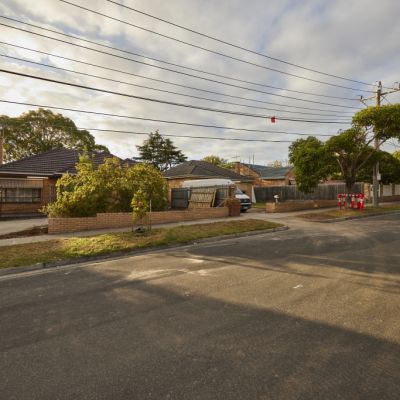 Where is The Block 2023? An introduction to Hampton East, an overlooked beauty (but not for long)
Where is The Block 2023? An introduction to Hampton East, an overlooked beauty (but not for long) 20 years and counting: The Block executive producer Julian Cress on the show that hooked the nation
20 years and counting: The Block executive producer Julian Cress on the show that hooked the nation
Not only that, but it spans a broader period than many realise. “The ’50s, ’60s and, to an extent, the ’70s as well – we can still call that mid-century,” Ahern adds.
Australians’ love of a great view, no matter whether it’s the beach or the bush, is another reason that mid-century modern style is such a big winner.
Landscape designer Lisa Harper emphasises the importance of natural surroundings in the design of mid-century houses.

“Mid-century homes generally have a simple and linear architecture, with floor-to-ceiling windows and a minimal material pallet,” she says.
“The best examples of this design have gardens that complement the striking architectural features and are in balance, rather than taking over.
“With large windows, the benefit for the home owner is being able to see more of the garden when inside the house, and this can be enhanced by landscaping with open lawn areas and different layers,” she adds.
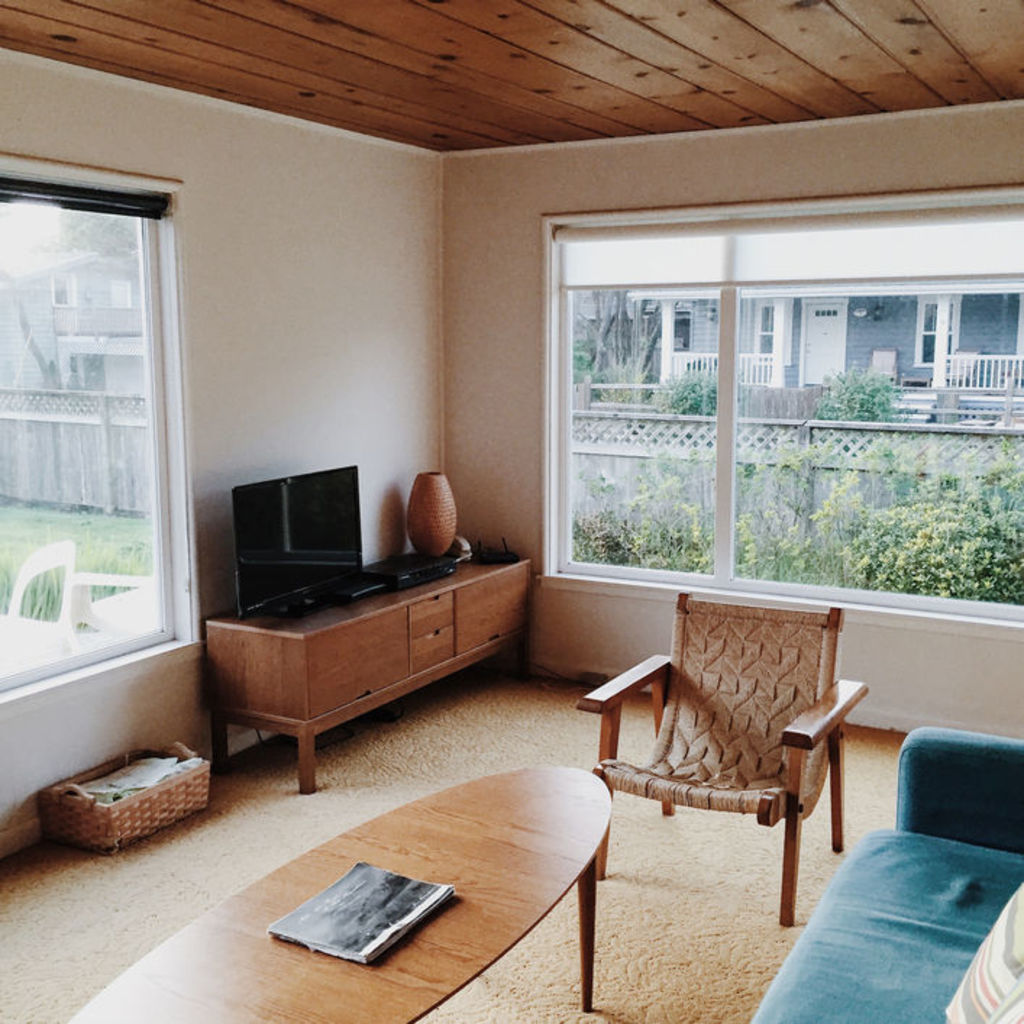
So, if you’re looking to renovate a mid-century home, how do you strike a balance between being faithful to the era and also being in tune with a 21st-century lifestyle?
This can be tricky, Ahern says. No two properties will be the same and you have to approach each project flexibly. It’s a great idea to work with a professional to examine the bones of the home, work out what’s worth preserving and what you need to change to meet your needs.
An architect can help in the first instance and, if the project warrants, can put you in touch with someone with specialised heritage expertise.
“With any renovation,” he says (especially with a heritage property), “you’re looking at balancing what you want to keep with your brief. This could be, for example, to house a growing family. So, you need to consider the two.”
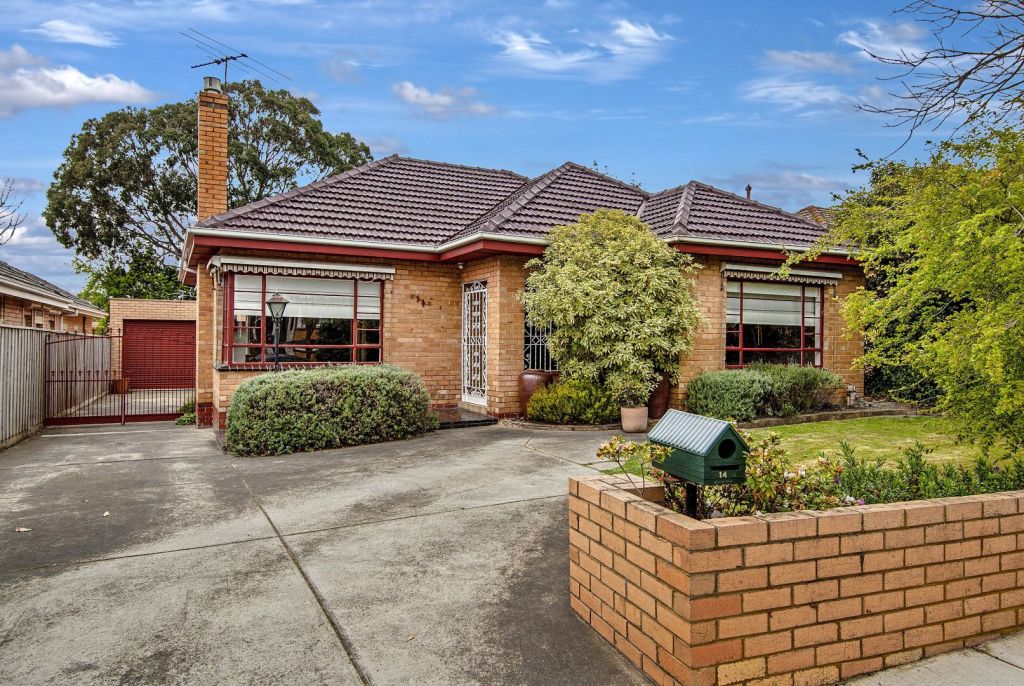
Try and narrow it down to key components. “Start with those things that made you fall in love with it in the first place,” Ahern advises.
There may be singular elements like a beautiful fireplace, inlaid floor or other design or artistic motifs that you want to keep.
“However, it’s not about trying to recreate the ’50s, but rather to interpret the building approach being used and keeping the core design principles.”
Adding extensions to a mid-century modern home is something that many owners may contemplate to create more room. In these cases it’s important to be aware of the design synergies.
Ahern cautions, “If you’ve got something representative of the era that you want to preserve like a beautiful flat roof pavilion with large windows, for example, you would want to put something sympathetic next to it and be respectful of that,” Ahern says.
In terms of the garden and streetscape, Harper recommends adding native plantings to bring interest, colour and texture year-round, along with inviting local wildlife into the garden.
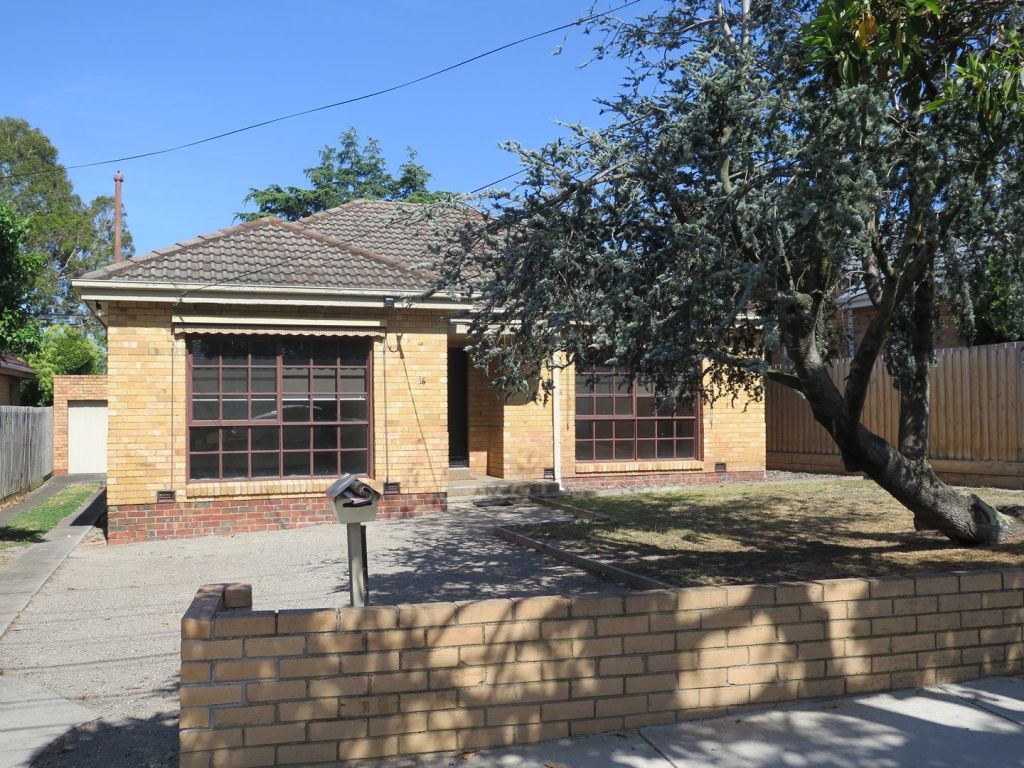
“Traditionally, mid-century gardens featured mixed plantings with lots of conifers and clipped shrubs,” she says.
“But from a modern perspective I think we have a responsibility to the environment by choosing local and sustainable plants and materials, ensuring our gardens are drought tolerant.”
Ahern recommends seeking the input of your local council. Not only could there be planning frameworks that may limit what you can do, but councils have lots of historical information that can help point you in the right direction.
“Get in touch with a council officer on the phone and and ask them about your building specifically – because it’s very likely they’ll know about it.”
Last but not least, mid-century modern is one of the most enthusiastically documented design periods both online and in design books, so seek out some trustworthy resources and have fun with your research.


We recommend
States
Capital Cities
Capital Cities - Rentals
Popular Areas
Allhomes
More
